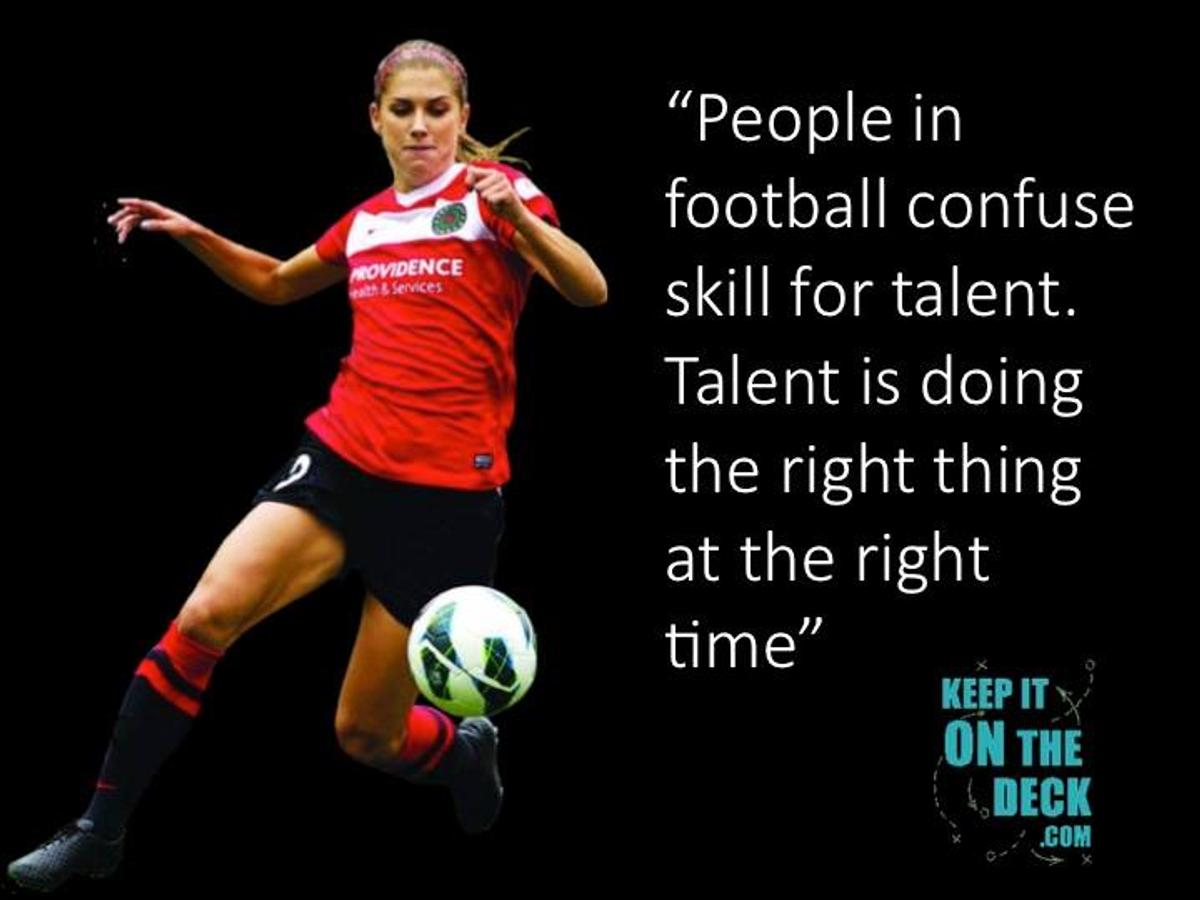What is the best pathway for a player?
Josip Loncaric

What is the best pathway for a player?
Josip Loncaric
This question is often asked to us as coaches and teachers at Keilor Downs College when parents are looking for advice on which club is best for their child. Last month, we looked at playing up in age groups and the impact of the pickup game or street football. This month, we look at the structured club environment in Australia.
The current model of football in Australia involves a relatively straightforward structure: it begins with miniroos football, which then breaks off into either community 11v11 football or National Premier Leagues (NPL). In recent years, the A-League clubs have created their own academies to develop players for their first team. Mixed into this are the state football bodies that run their TIDC programs, and in the case of the KDC Soccer School, there are also certain schools that run dedicated football programs in both private and government school settings.


Following several years in the junior system, players reach adulthood and then look to break into senior football at either A-League, NPL, or State League level if they continue to play the game. Imagine that this process looks like a jigsaw puzzle that needs all the pieces to fall into place to complete the picture. The more pieces that you can identify and put into place, the more likely you are to reach a senior level.
Sounds simple right?
Sadly, the system doesn't seem to produce the results that it promises and also that the cost of playing the sport suggests that it would. Using the example of the students that attend KDC and are in the program, their annual school fees and soccer program fees would be less than $1000 annually. In the case of the NPL clubs in our area and speaking to technical directors from several areas, the annual fees to play football usually double that. This means that over the course of a child's state school education or football education at NPL level, they will pay at least double the amount for very little guarantee of reaching senior football. This also doesn't include private or semi-private (small group) training sessions with coaches, gym memberships and any other costs that pop up during a junior football pathway.
The biggest challenge here is the quality of the coaching, and more specifically, the quality and timing of correction or feedback.


Author Dan Coyle writes “Every teacher or coach worth their salt knows that there’s no moment more important than the moment feedback is delivered. Do it correctly, and the learner takes a step forward. Do it poorly, and the reverse happens.”
These powerful words are so significant in a sport that involves squads of up to 20 players that have different needs relative to their current place on the development path. In most cases, it will be one coach trying to facilitate all of these needs whilst running an engaging session for the whole team. Trying to juggle giving individualized feedback or tasks to players in a 90 minute session and then observing the impact of the feedback is physically impossible to do for one person.
Why is this important in the pathway of a player?
Mistakes that will haunt and hinder a player later need to be corrected. That's why we are there. That's the job of a development coach from ages of 6 through to 18. Obviously the style and level of correction is relative to the level that you are coaching and the age group that you are coaching.
Finding the right place for your child is not as simple as the club of choice, but rather the people or person that will impart feedback and correction to fill in the pieces of the puzzle, piece by piece.
Even then, you need luck to help all the pieces fall into place to complete the picture.